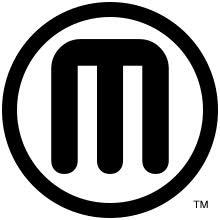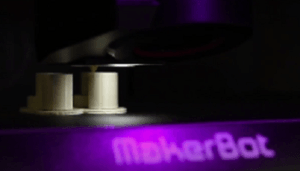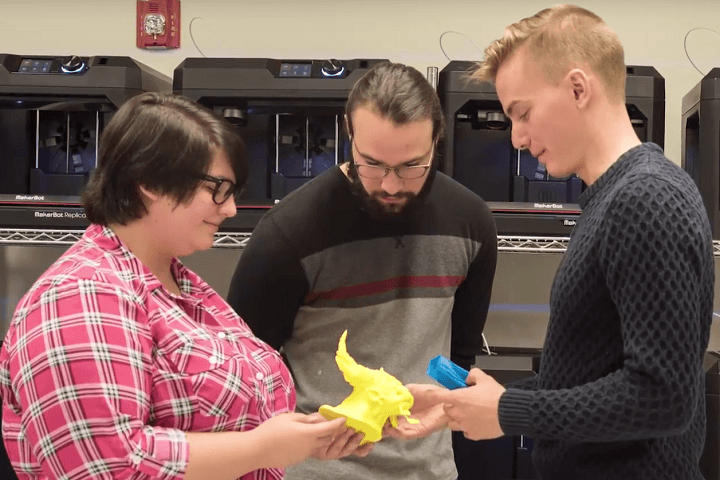University of North Georgia, Well-Versed in 3D Printing, Opens the State’s First MakerBot Innovation Center
 As they say in the business, the show must go on. Not long after well-known desktop 3D printer manufacturer MakerBot announced its latest major executive-level change-up, the University of North Georgia (UNG) announced that it was partnering with MakerBot to open a MakerBot Innovation Center on its Dahlonega, Georgia campus. The lab space at UNG will have 32 pieces of equipment, including software and 3D printers, so the students can create and produce innovative projects and products. While there are 14 other Innovation Centers at campuses across the country, from a New Jersey high school to Northern Arizona University and Central Michigan University, this is the first one to open in Georgia.
As they say in the business, the show must go on. Not long after well-known desktop 3D printer manufacturer MakerBot announced its latest major executive-level change-up, the University of North Georgia (UNG) announced that it was partnering with MakerBot to open a MakerBot Innovation Center on its Dahlonega, Georgia campus. The lab space at UNG will have 32 pieces of equipment, including software and 3D printers, so the students can create and produce innovative projects and products. While there are 14 other Innovation Centers at campuses across the country, from a New Jersey high school to Northern Arizona University and Central Michigan University, this is the first one to open in Georgia.
Dr. Pamela Sachant, head of the Department of Visual Arts at UNG, said, “This lab will advance UNG’s mission to foster creative ideas and apply innovative thinking, and it will employ the latest in digital technology to help the university’s students and the region’s business and entrepreneurial community develop successful ventures from anywhere in the world.”
 UNG is already well-versed in 3D printing; back in 2015, Dr. Terrie Millard, with the university’s Department of Physical Therapy, was approached by a nonprofit program called AMBUCS to use her knowledge of 3D printing to assist in their mission of making a line of tricycles geared toward children and adults with special needs. Recently, Dr. Millard and Dr. Jon Mehlferber, with UNG’s Department of Visual Arts, worked together on a grant proposal to use 3D printing to create low-cost assistive devices to help disabled children ride a bike.
UNG is already well-versed in 3D printing; back in 2015, Dr. Terrie Millard, with the university’s Department of Physical Therapy, was approached by a nonprofit program called AMBUCS to use her knowledge of 3D printing to assist in their mission of making a line of tricycles geared toward children and adults with special needs. Recently, Dr. Millard and Dr. Jon Mehlferber, with UNG’s Department of Visual Arts, worked together on a grant proposal to use 3D printing to create low-cost assistive devices to help disabled children ride a bike.
To help with that project, the two UNG professors asked students in the Visual Arts, Physics, and Biology departments to work on designing and building the devices, and students in the Physical Therapy department gave advice, as well as guidance on what types of assistive devices the other students should create. This project was ultimately successful, and led to more grants. The two professors, along with other UNG students, faculty, and staff, developed more devices using 3D printing technology, including a patent-pending special saddle for disabled children to use, with only a little help, when riding horses. And now, with additional 3D printing capabilities coming to campus, the hope is that more such projects can come to fruition.

Connor Shields, a senior art marketing major, produces a model using the 3D equipment in UNG’s new MakerBot Innovation Center. [Image: UNG]
“Designed to elevate learning and promote cross-departmental collaboration, the MakerBot Innovation Center helps give students access to real-world design and development. By bringing in a MakerBot Innovation Center and providing students access to 3D printing at an early stage, universities like UNG create an atmosphere of creativity and collaboration that spurs innovation and invention like never before,” said Lauren Goglick, General Manger, North America, MakerBot.
 Judging by past experience with multiple departments at the university finding ways to utilize 3D printing technology, the UNG MakerBot Innovation Center is open to students and faculty from all majors and fields of study. This will enable many students to tangibly create objects for projects in a wide variety of disciplines.
Judging by past experience with multiple departments at the university finding ways to utilize 3D printing technology, the UNG MakerBot Innovation Center is open to students and faculty from all majors and fields of study. This will enable many students to tangibly create objects for projects in a wide variety of disciplines.
Dr. Sachant said, “Students and faculty from across multiple disciplines and fields of study will be able to utilize the equipment in this lab, bringing to life in a tangible way business projects, visual art pieces, science experiments, and even physics assignments.”
The Innovation Center at UNG will also be available to the public, especially local businesses, so other people can enjoy access to the cutting-edge technologies like digital manufacturing and prototyping that centers like these can provide. The MakerBot Innovation Center Management Platform, proprietary software used to help more efficiently manage large groups of MakerBot Replicator 3D printers, is at the core of the company’s Innovation Centers. It can help schools maximize the value of these centers, and provide remote access, mass production, and print queuing.
Check out this brief video to learn more about the UNG MakerBot Innovation Center:
Regardless of MakerBot’s continuing upper management shakeups, and their bevy of recent announcements to prove that the company is doing just fine, really, we can all agree that giving students access to 3D printers can only benefit them in the long run. But as we learned in Y Soft’s recent international education study, these types of innovative learning environments can only work when students have access to the machines, and educators can manage 3D printing time and costs. And, of course, when all the equipment is well-maintained and up and running. So let’s hope that MakerBot continues on the path it started down in September of 2016, and stays focused on 3D printing and education; maybe they will be able to find a way to address these types of common issues. Discuss in the MakerBot forum at 3DPB.com.
Subscribe to Our Email Newsletter
Stay up-to-date on all the latest news from the 3D printing industry and receive information and offers from third party vendors.
You May Also Like
Profiling a Construction 3D Printing Pioneer: US Army Corps of Engineers’ Megan Kreiger
The world of construction 3D printing is still so new that the true experts can probably be counted on two hands. Among them is Megan Kreiger, Portfolio Manager of Additive...
US Army Corps of Engineers Taps Lincoln Electric & Eaton for Largest 3D Printed US Civil Works Part
The Soo Locks sit on the US-Canadian border, enabling maritime travel between Lake Superior and Lake Huron, from which ships can reach the rest of the Great Lakes. Crafts carrying...
Construction 3D Printing CEO Reflects on Being Female in Construction
Natalie Wadley, CEO of ChangeMaker3D, could hear the words of her daughter sitting next to her resounding in her head. “Mum, MUM, you’ve won!” Wadley had just won the prestigious...
1Print to Commercialize 3D Printed Coastal Resilience Solutions
1Print, a company that specializes in deploying additive construction (AC) for infrastructure projects, has entered an agreement with the University of Miami (UM) to accelerate commercialization of the SEAHIVE shoreline...






























